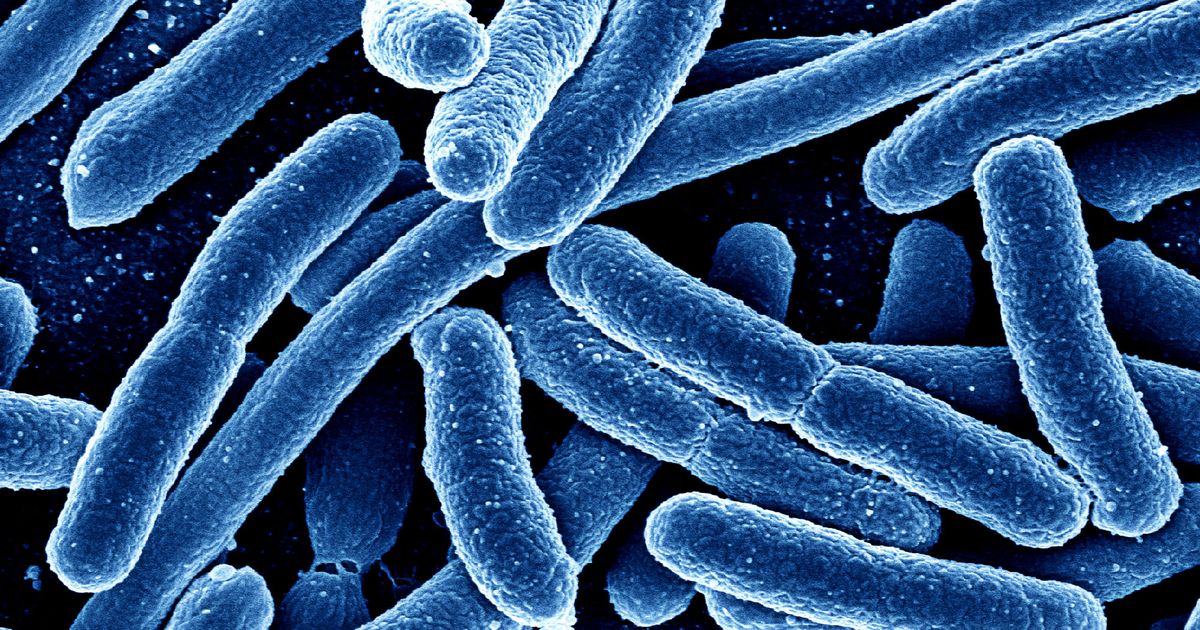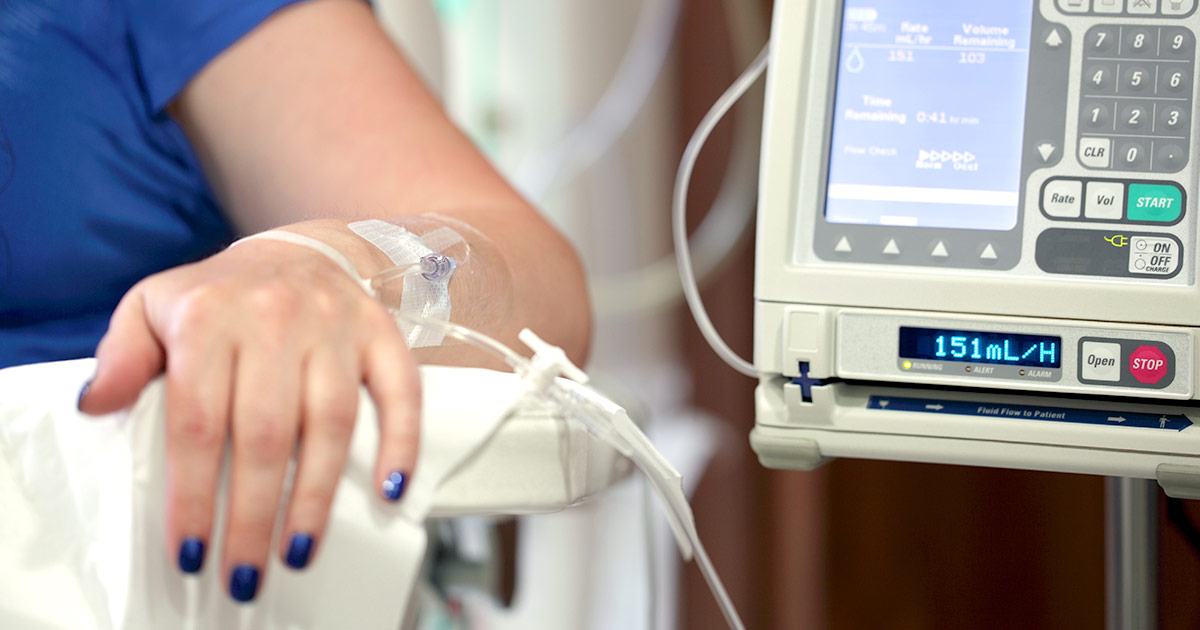Guide To The Causes And Risk Factors Of Lactose Intolerance
Lactose intolerance is a type of digestive disorder that is estimated to affect roughly seventy-five percent of the global population. Patients with this condition have trouble digesting lactose, one of the carbohydrates commonly found in milk and other dairy products. When a lactose-intolerant individual consumes dairy, they might feel bloated or develop diarrhea, and gas and abdominal cramps may be present too. Rarely, certain patients could have nausea or vomiting. To test for lactose intolerance, doctors usually perform a hydrogen breath test first. This test measures the amount of hydrogen in the patient's breath after they drink a solution containing lactose. Patients may also need blood tests, and infants and children are normally given a stool acidity test. Treatment for lactose intolerance currently consists of reducing or avoiding sources of lactose in the diet. Some patients may be able to eat small amounts of dairy products, and it can be beneficial to use non-dairy milk alternatives such as rice milk, oat milk, or coconut milk. Individuals with lactose intolerance might need to make adjustments to their diets to ensure they have sufficient intake of calcium and vitamin D.
Insufficient Production Of Lactase

The primary cause of lactose intolerance is insufficient production of lactase, an enzyme produced in the small intestines. This enzyme is responsible for the digestion of lactose, and patients who have low levels of the enzyme will experience symptoms of lactose intolerance after consuming dairy. In patients with lactase deficiencies, foods that contain lactose move into the colon instead of being digested properly before reaching this area. The presence of lactose in the colon triggers symptoms. If patients with lactose intolerance do not want to completely eliminate dairy products, there are several types of dairy milk available made without lactose, and patients could also try taking a lactase enzyme supplement prior to consuming dairy. The supplements reduce symptoms for many patients.
Increasing Age

Increasing age is a major risk factor for lactose intolerance. The condition is most often diagnosed during adulthood, and it is much less common in infants and children. The body's production of lactase naturally declines with age, and this can eventually lead to the symptoms of lactose intolerance. Since these symptoms could be caused by a number of other conditions that are potentially serious, older adults who believe they may be lactose intolerant should consider visiting a gastroenterologist for a full evaluation. The specialist can perform a detailed abdominal exam and other tests to check for irritable bowel syndrome, Crohn's disease, and other related conditions. If an older patient is diagnosed as lactose intolerant, they may wish to consult a nutritionist for help in creating a meal plan that includes sufficient calcium and vitamin D intake. In particular, older adults may need to take dietary supplements to meet their nutritional needs, especially if they already have other underlying health conditions.
Bacterial Overgrowth In The Small Intestine

Bacterial overgrowth in the small intestine is a recognized medical condition related to lactose intolerance, and it triggers many of the same symptoms. In addition to the symptoms of lactose intolerance, patients with an excessive amount of abnormal bacteria in the small intestine might experience fatigue and constipation, and nausea is common. Individuals with severe forms of the disease could lose weight unintentionally, and iron deficiency anemia may develop. Patients who have weakened immune systems, including individuals with lupus, and those who have had abdominal surgery are at an increased risk of this kind of bacterial overgrowth. To check for the condition, doctors use a lactulose breath test. Similar to the hydrogen breath test, the lactulose test involves the patient drinking a lactulose solution and breathing into a balloon at fifteen-minute intervals for a three-hour period. The breath samples are considered positive for bacterial overgrowth if either hydrogen or methane is present. To treat bacterial overgrowth, doctors generally use antimicrobial herbs and antibiotics such as rifaximin and neomycin. Patients are asked to follow a low-FODMAP diet.
Ethnicity

Ethnicity is a strong risk factor for the development of lactose intolerance. The condition is more prevalent among Hispanics, American Indians, and patients of African or Asian descent. These patient populations may have a genetic form of lactose intolerance caused by a mutation in a gene that manufactures lactase. Known as hypolactasia, this disease begins during childhood, and it is especially common among individuals of Asian descent. Parents who have hypolactasia may wish to consider having their child tested for the condition. If it is present, patients may need to work with a gastroenterologist and a nutritionist to manage symptoms and ensure adequate nutrition, particularly for infants and children. While individuals with some forms of lactose intolerance can still tolerate small amounts of dairy, individuals with hypolactasia may prefer to consume a dairy-free diet to control their symptoms as effectively as possible. Patients with this condition should always report any new or worsening symptoms to their healthcare team, and they may need to attend periodic follow-up appointments.
Certain Cancer Treatments

Individuals undergoing certain cancer treatments can develop lactose intolerance as a side effect. For these patients, lactose intolerance may present after active treatment has finished too. In particular, radiation therapy to the abdominal area is associated with a strong risk of developing lactose intolerance, and it might develop due to intestinal complications following chemotherapy. Patients being treated for cancer should ask their oncology team about their individual risk of developing lactose intolerance as a side effect of their treatment, and they may wish to consult with a nutritionist about starting a lactose-free or lactose-reduced diet during their cancer treatment to minimize any painful symptoms. If necessary, doctors can prescribe medications for these patients to reduce nausea and diarrhea.
